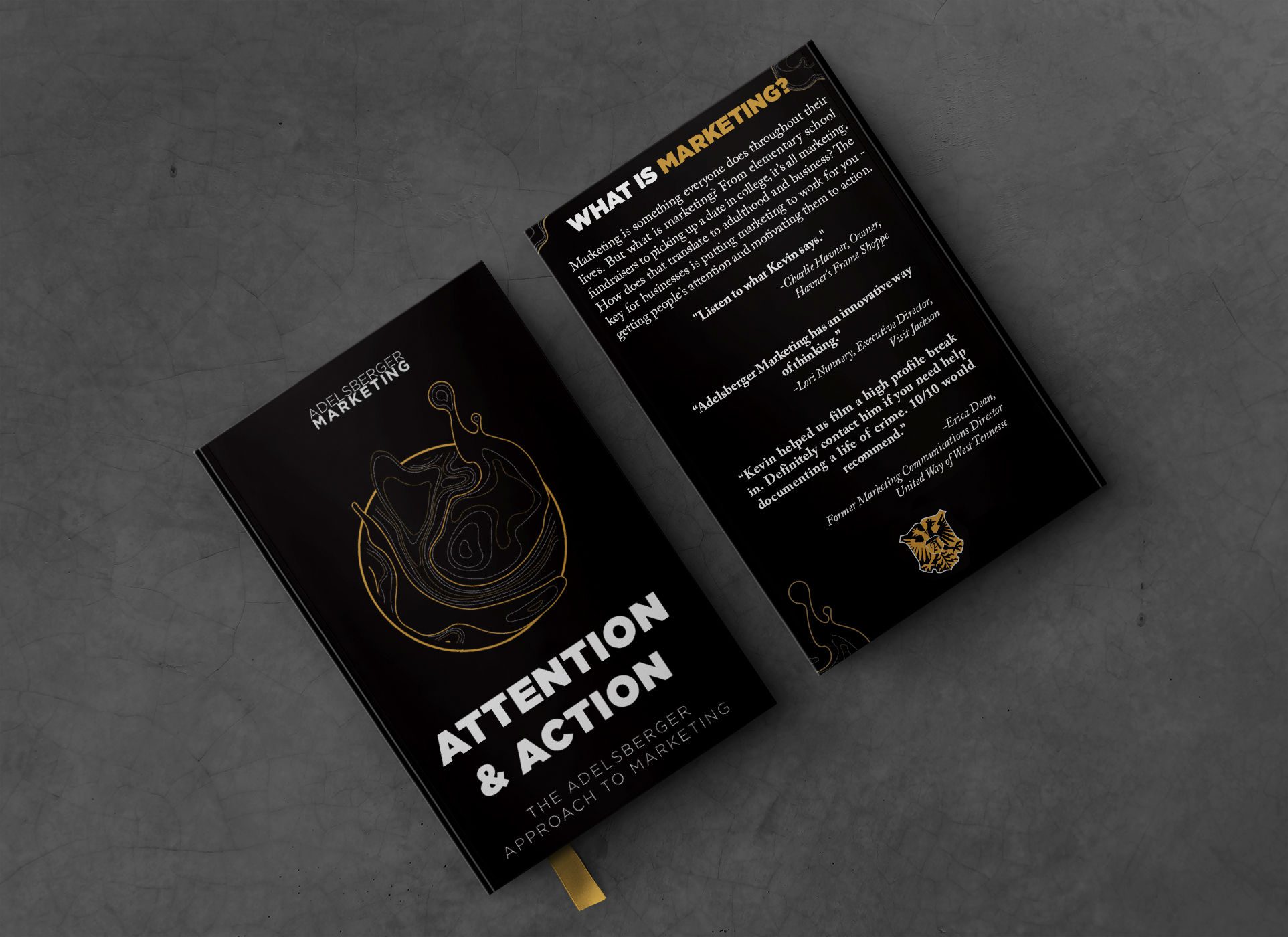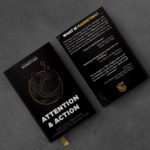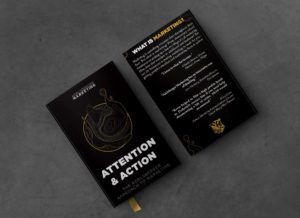
Experiential Marketing
(This chapter is written with a pre/post COVID-19 world in mind. Clearly, in-person events have been affected by COVID-19 but it’s unclear if they will be permanently affected.)
There is a difference between seeing and experiencing. Experiential marketing gives people a chance to go beyond seeing and get to know your product in a tangible way. This often happens when a friend shows you a product and you decide you want it, too. Recently my wife has considered getting an Apple Watch. She’s seen me wear it and tried it out herself. Sam’s Club, or “the Club” as I have heard it referred to, has been doing this for a long time. Walking through their store on a lucky day will give you the opportunity to try various different food products they are promoting. There have been multiple occasions when I have purchased the item I sampled.
When thinking about how to include experiential marketing into your plans, you can start somewhere small like a sample kiosk or delivering sample trays to businesses. Or you can go big like hosting an enormous conference such as (the conference formerly known as) Chick-fil-a Leadercast. Consider these questions when implemented these tactics:
- What’s your budget? Giving out samples at the store or setting up a popup tent at a local fair can be really affordable. Putting on a branded event for 100 people could be expensive. What you decide to do will be determined in part by your market value and your type of product. Maybe it involves sponsoring an event for a nonprofit, which would increase the cost but add social value. Will you need to bring in a partner organization like a food provider or a marketing company to help things be successful?
- Does it align with your mission? Don’t just do anything. Make sure it also aligns with your mission and company values. Our company invests almost exclusively in issues regarding foster care for children. So it might be a little outside our wheel well to host an event regarding animal welfare. But if your organization has a cause at its heart, you can combine the marketing of your organization with an event to benefit those things you care about.
- Can you do it with excellence? If you are branching out into experiential marketing, can you do it well? A well executed event can add value to your brand. But if you invite 100 people for a test drive and the cars do not work right, you are potentially ruining the market for yourself. Do whatever it takes to ensure execution excellence. The more complicated the event, the more likely something will go wrong. Consider steps like rehearsals and dry runs of the event to help work out bugs. Hiring a professional event planner can be a worthy investment for companies.
- Will it really promote your product? When planning an event, ensure that you don’t forget to promote your product/service. I am sure you will not do that on purpose, but if your event overshadows what you are trying to do, or if it causes enough controversy to distract what you are trying to promote, you should rethink your approach.
- Do people care? Consider this event from the perspective of someone who is an outsider to your business. If you are in a fun industry, this can be easy. But not everyone is. So do people care? You have to make it attractive to people who don’t yet care. Try reaching across the aisle with a shared interest that can bridge the gap between your product and other people’s interests. One of the best ways for a restaurant is to simply get a test bite into someone’s mouth. If you produce food worth eating and give someone an opportunity to eat it, they easily become customers.
This blog post is a portion of Attention and Action. The book walks you through the marketing process that Adelsberger Marketing follows with its clients. You can read this book for free as a blog on the Adelsberger Marketing website or purchase on Amazon.com.


